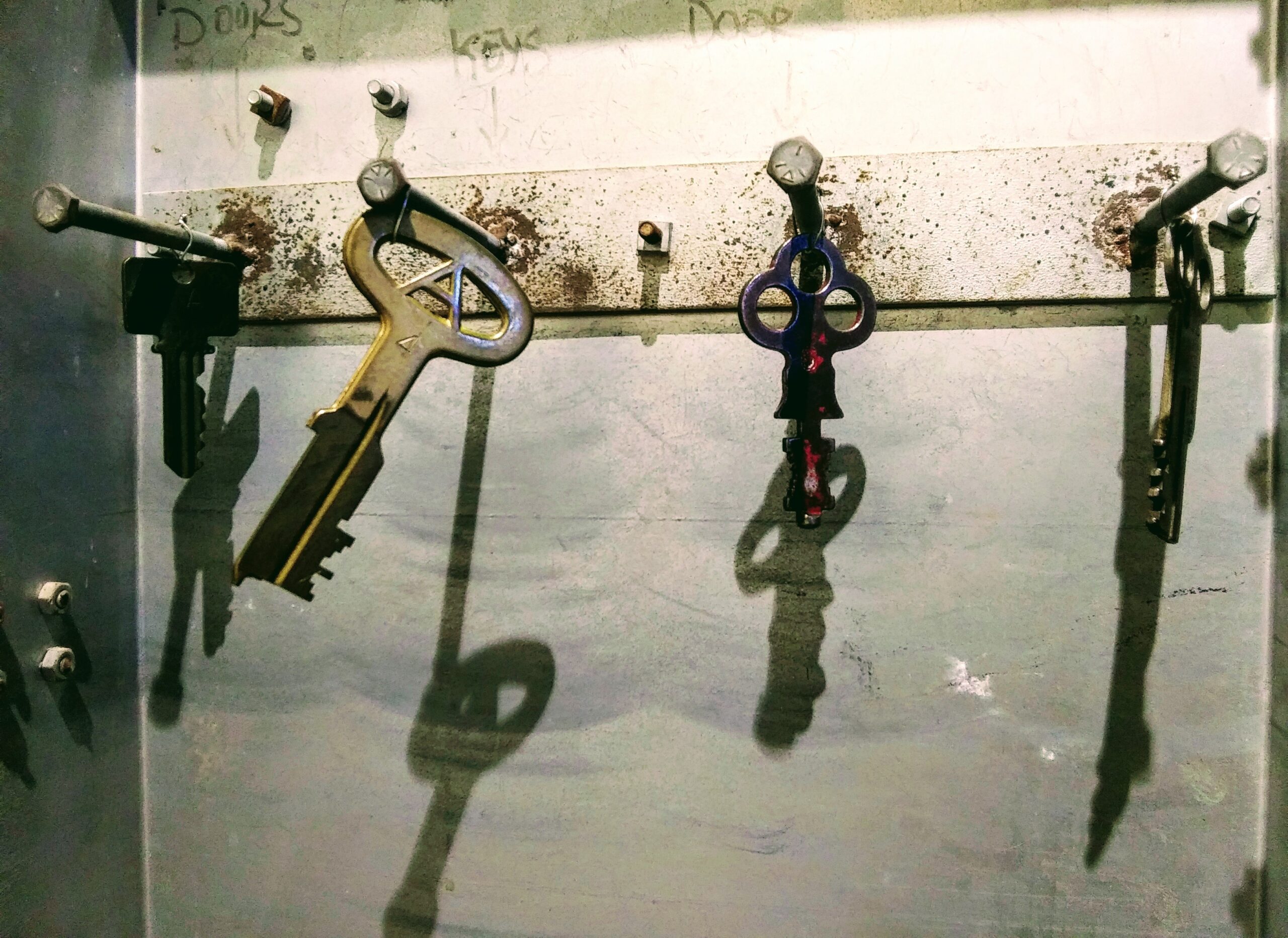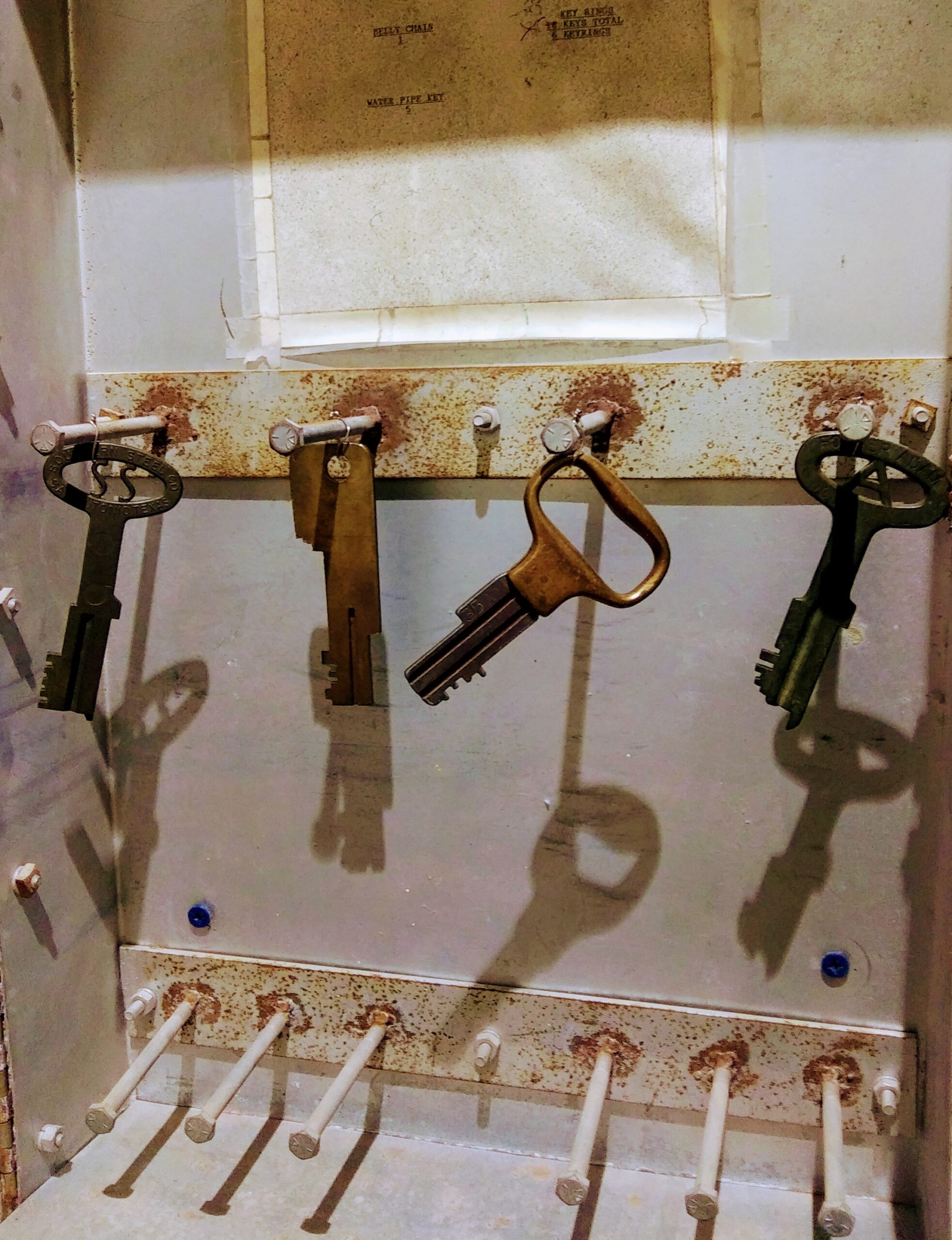 Keys to Open the Cells
Keys to Open the Cells
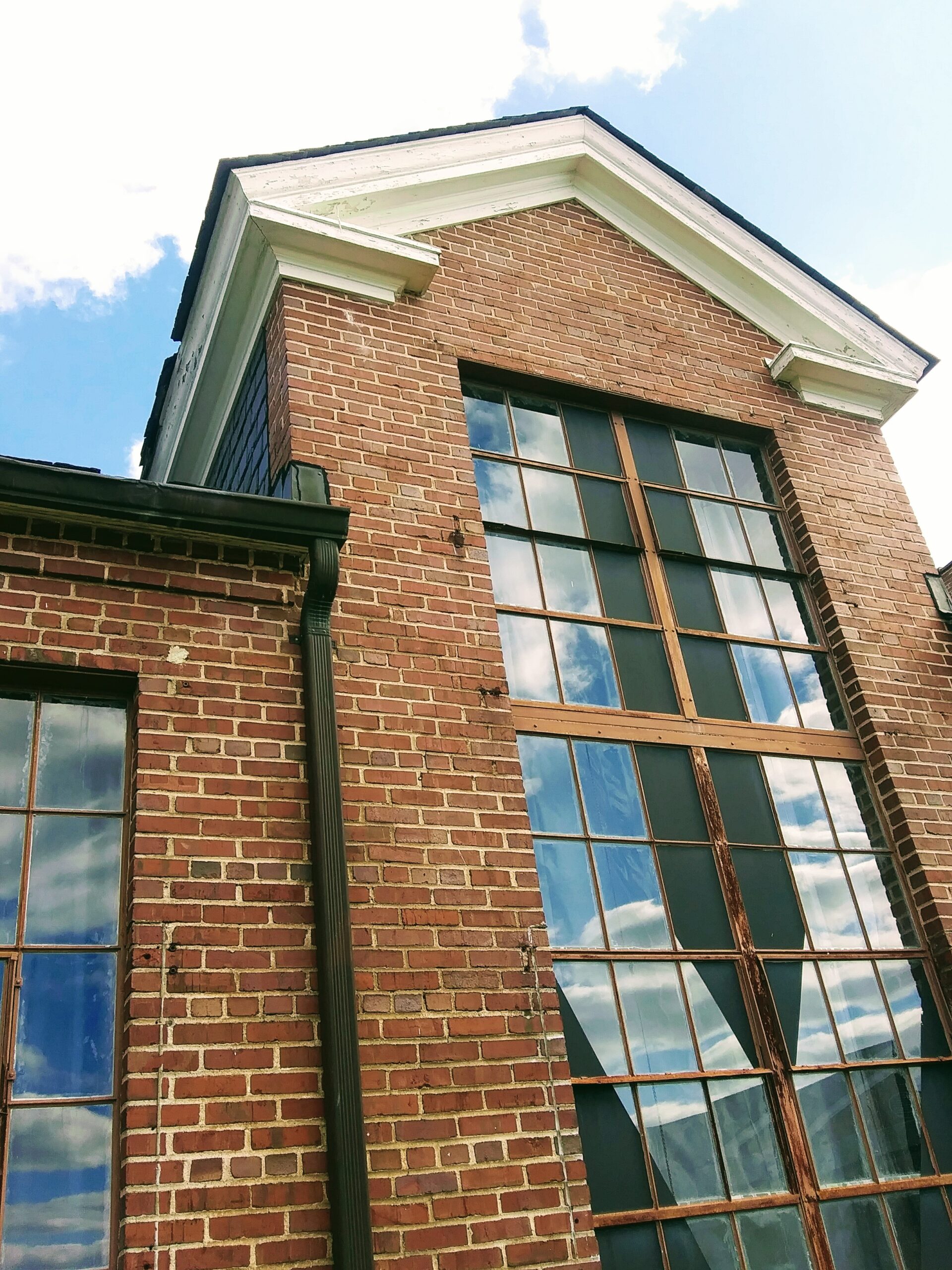 Prison Building with Blue Sky Background
Prison Building with Blue Sky Background
Lorton Reformatory Prison Visit
The Lorton Reformatory Prison, commonly known at the Workhouse prison, was established in 1910 as an industrial farm where inmates were housed and performed hard manual labor.
The prisoners, at one time, grew their own vegetables and also had a dairy which produced milk for the prison and for some of the local schools.
The large green barn where the prisoners worked is still standing.
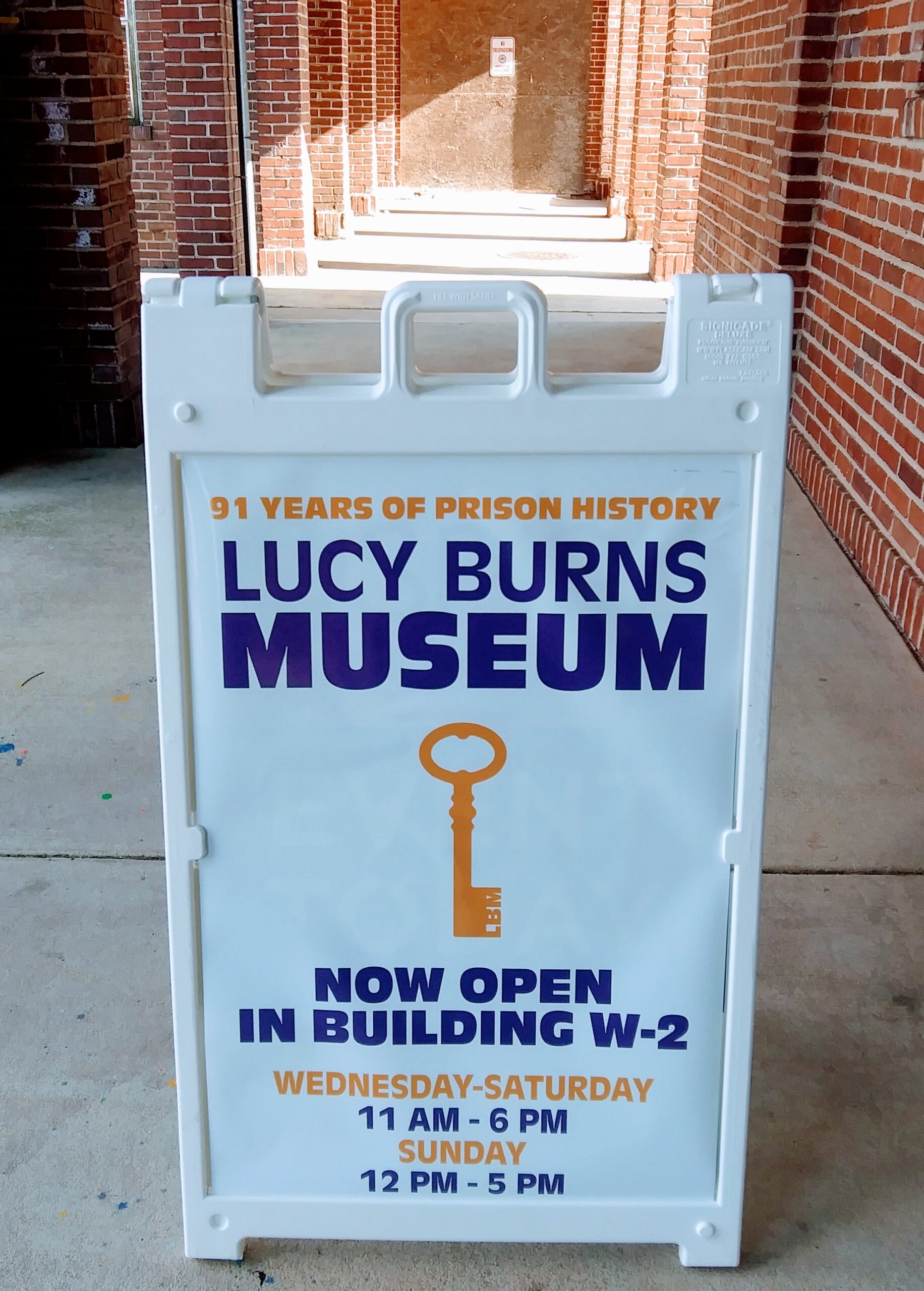
I recently toured the Lucy Burns Museum at the prison.
When you enter the museum, there is a section devoted to Lucy Burns and members of the Silent Sentinels. Lucy Burns, along with thirty-three suffragettes, were arrested in June of 1917 while protesting for women’s voting rights. The group was picketing the White House. They were taken to the Lorton Reformatory Prison to serve their time.
During their weeks of incarceration, the women were exposed to severe abuse from both inmates and guards, given rancid food to eat, chained to bars, and faced humiliation.
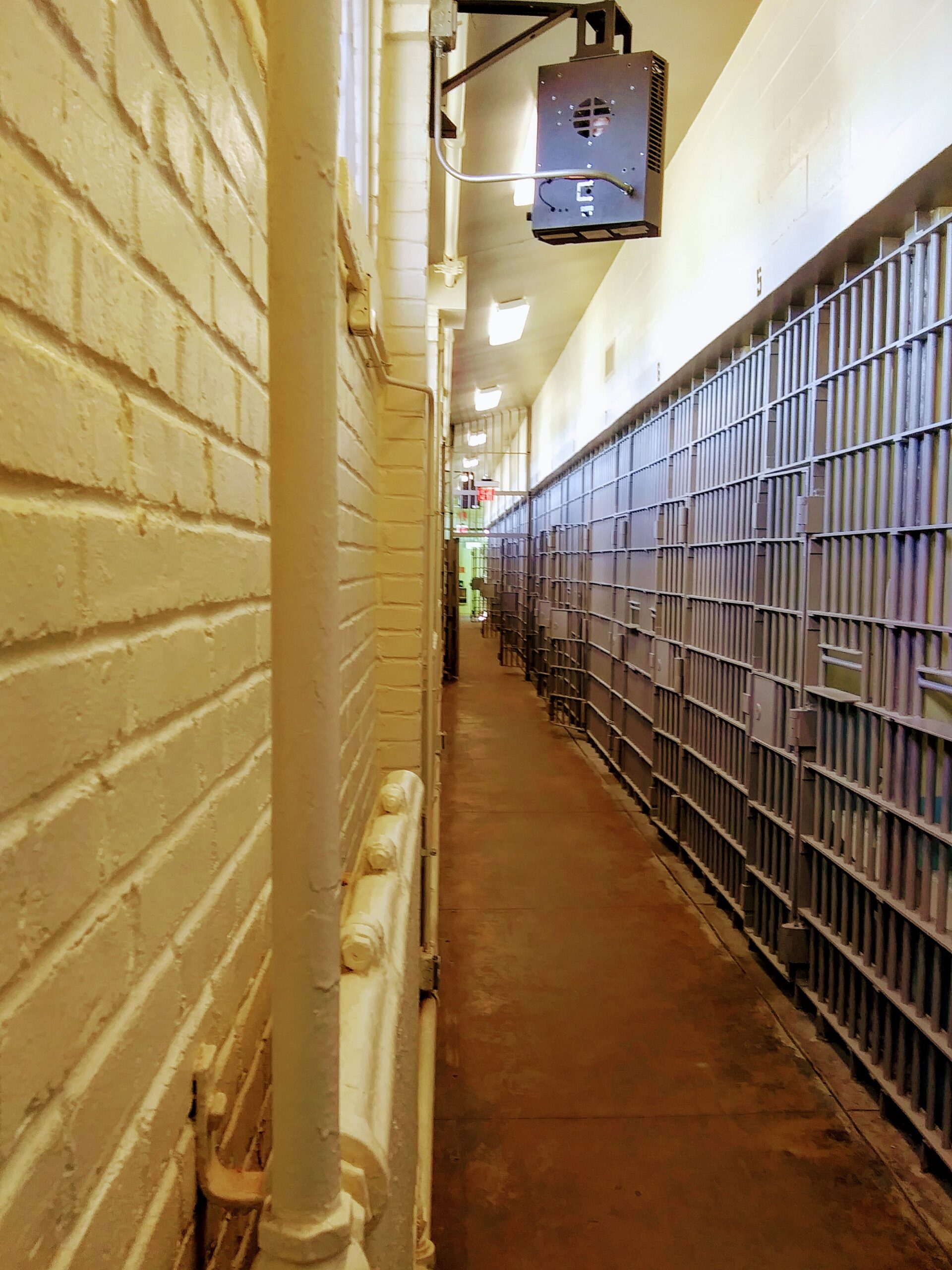 Lorton Reformatory Prison Hallway
Lorton Reformatory Prison Hallway
The Lucy Burns Museum is free to tour, however, if you want to see the cell block, there is a small fee.
We took the cell block tour and it was absolutely fascinating.
When you enter the cell block, you immediately feel the lack of freedom and space.
The first thing you see is an industrial looking shower with enough room for two inmates to shower at once.
The next part of the tour is seeing what inmate cells looks like. Originally the cells were only for one individual, but later two inmates had to share the same cell and another bunk was added.
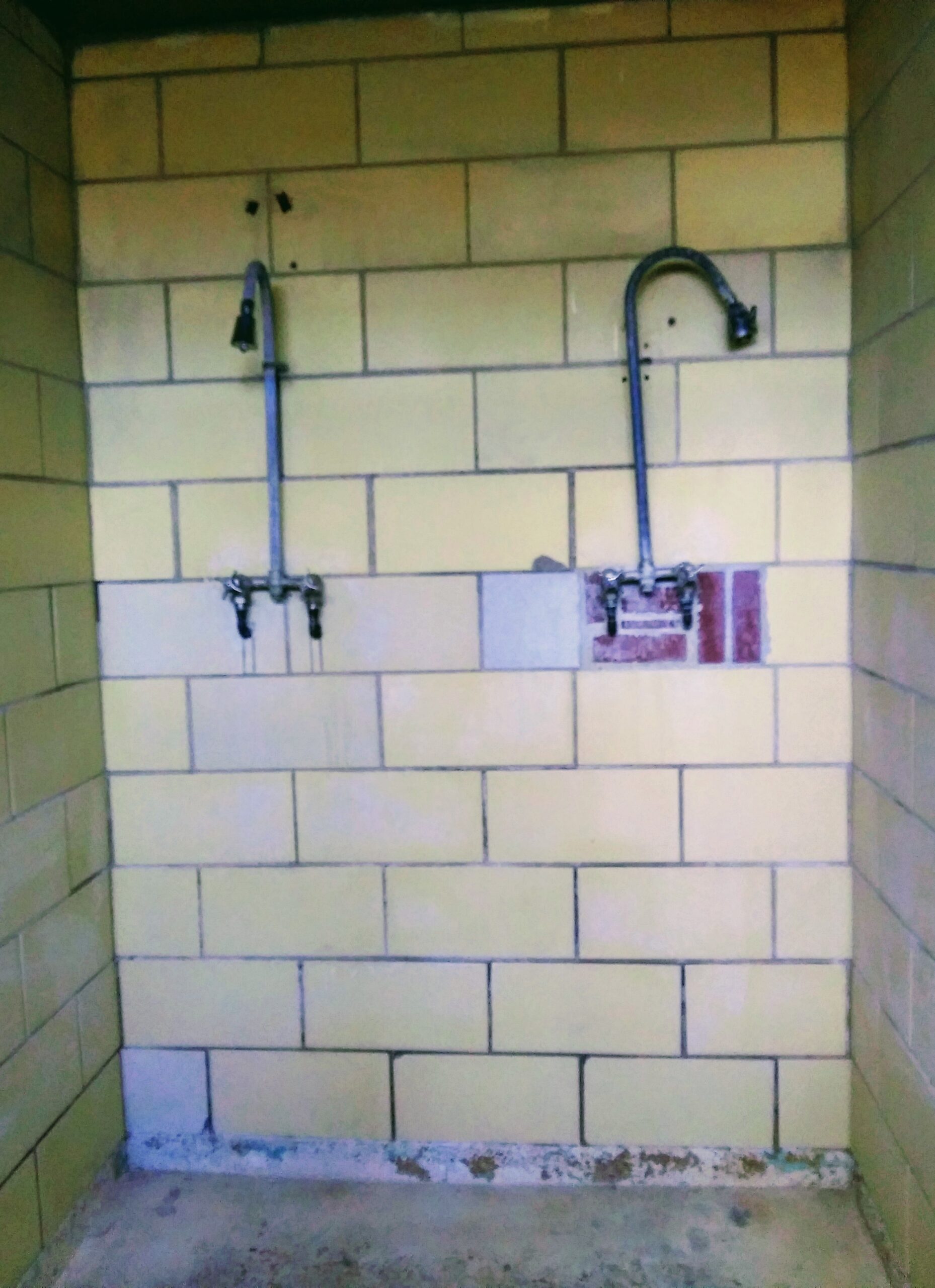 Prison Showers
Prison Showers
 Prison Sink and Toilet
Prison Sink and Toilet
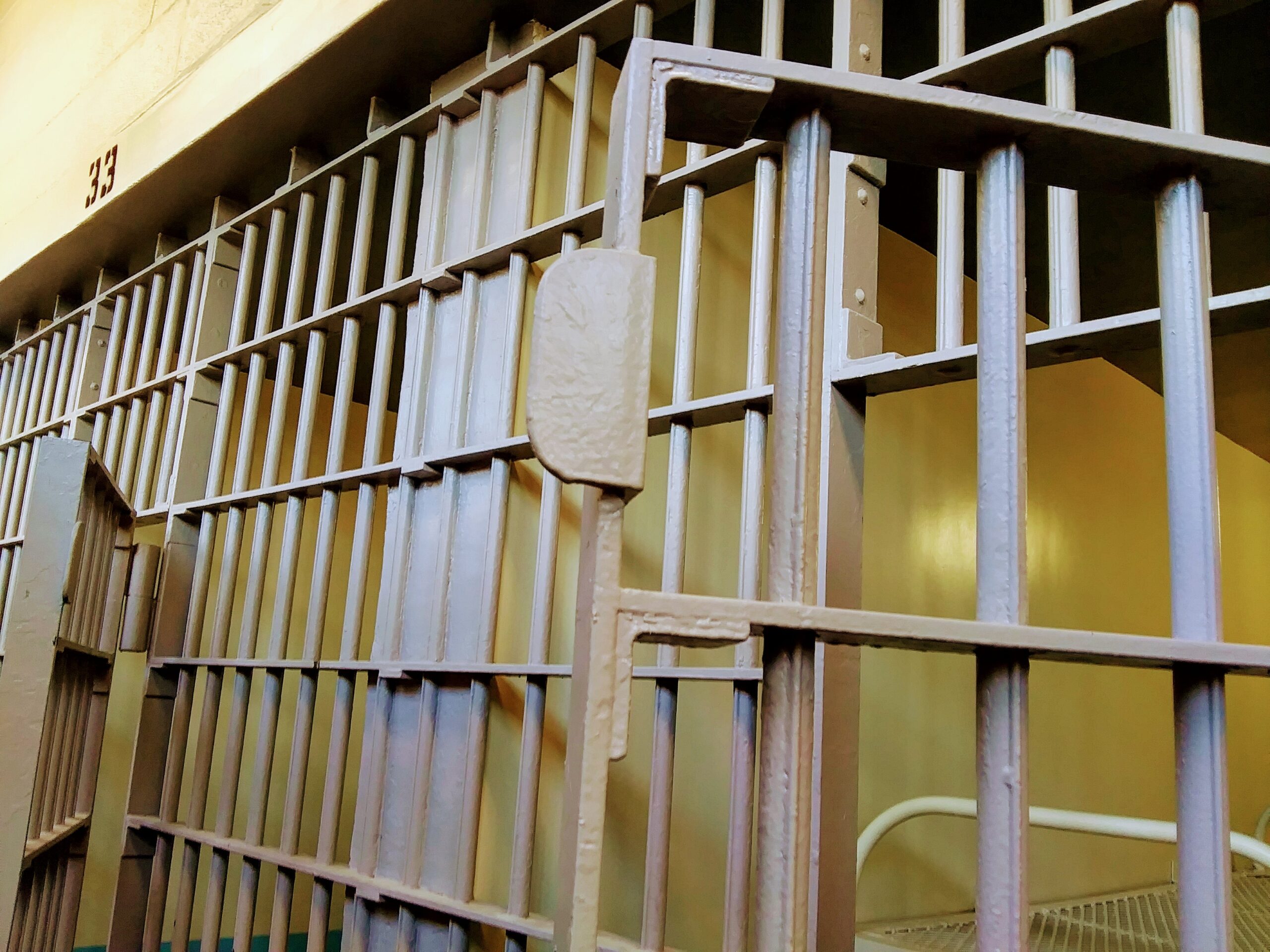 Jail Bars on Cell Doors
Jail Bars on Cell Doors
You actually are allowed to enter a cell and look around.
There isn’t much room for anything.
Two inmates shared one small shelf over the sink and also one table and chair.
The bars on the jail cell are incredibly sturdy even after all these years.
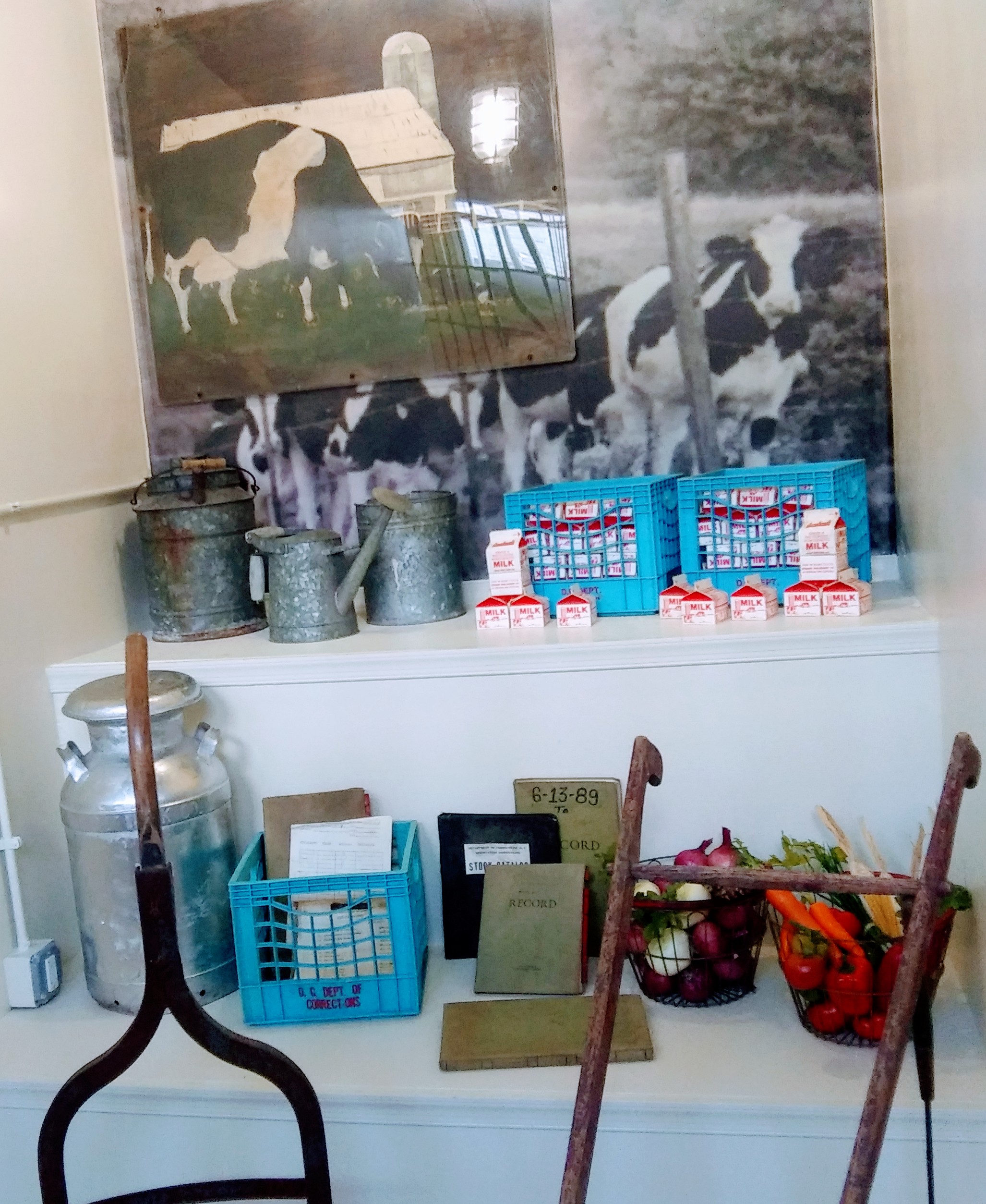 Prison Farming Tools
Prison Farming Tools
About half way through the tour, you can listen to a taped recording of sounds from a real prison block. Inmates are talking, yelling and there are other sounds of a working prison.
This photograph show some of the farming tools which were used by the prisoners.
An interesting side note is that this prison had feral cats on the grounds.
Prison rule number eleven states, no cats were allowed in living areas. (See photograph of the rule sign below).
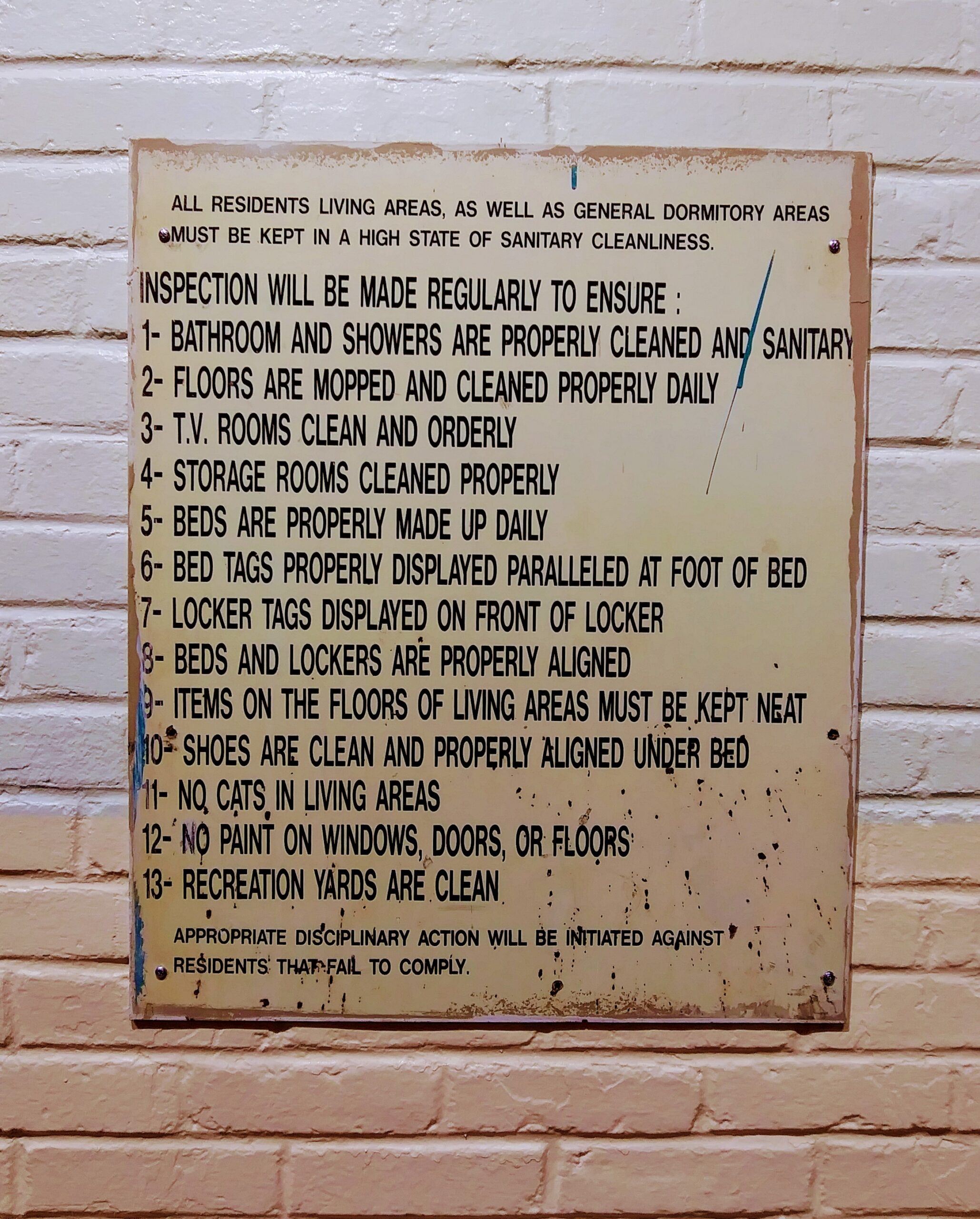 Prison Inmate Rules
Prison Inmate Rules
Prisons are dangerous places for both guards and prisoners.
The Lorton Reformatory Prison has lots of history to it. The prison closed in 2001 and remaining inmates were transferred to other prisons.
The old prison buildings are now used as art galleries with working artists. The name was changed to the Workhouse Art Center and it now hosts art education programs, cooking, photography and dance classes. They even have programs aimed at military veterans and their families.
I really enjoyed visiting and learning more about this historic place.
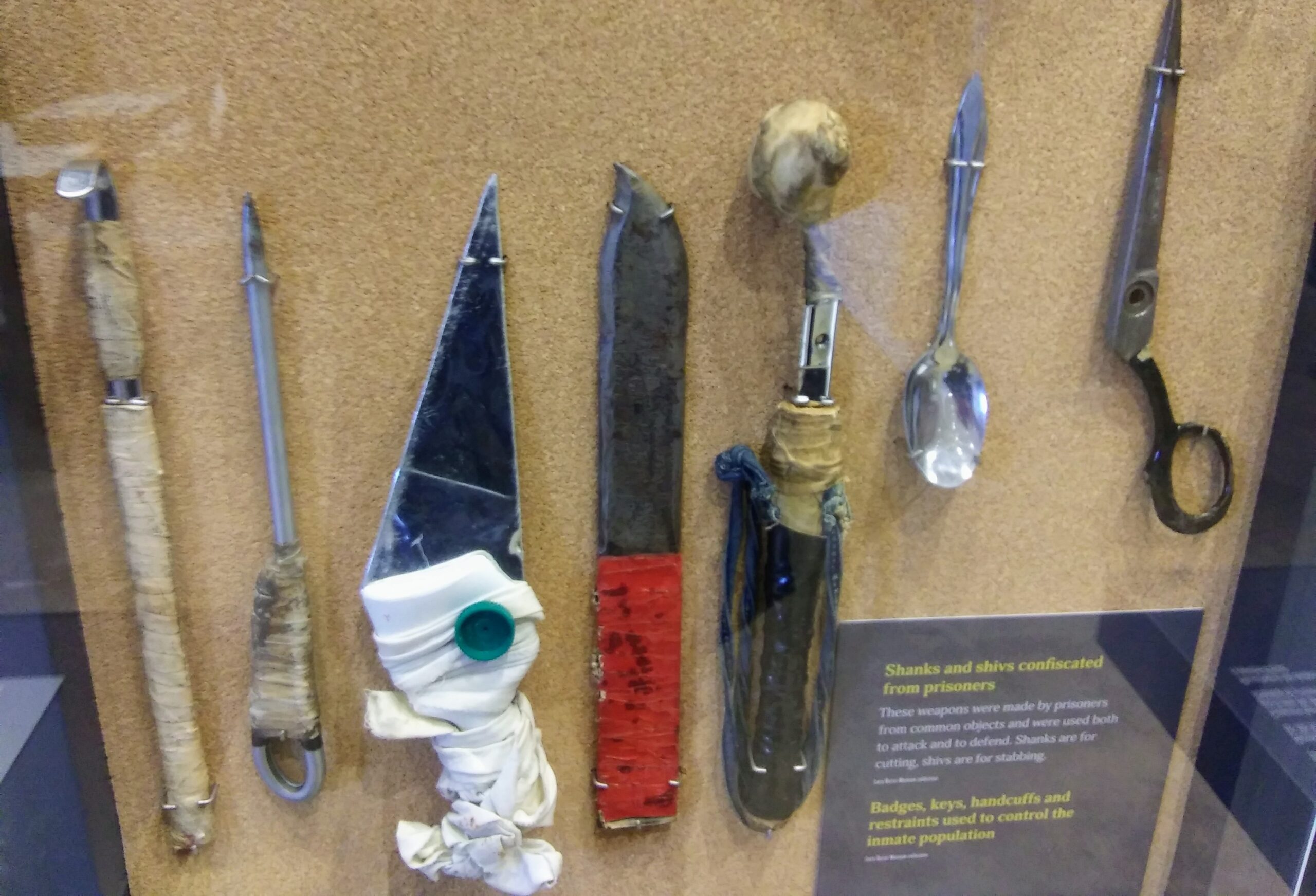
This photograph shows a collection of shanks and shives which were weapons made out of everyday objects.

